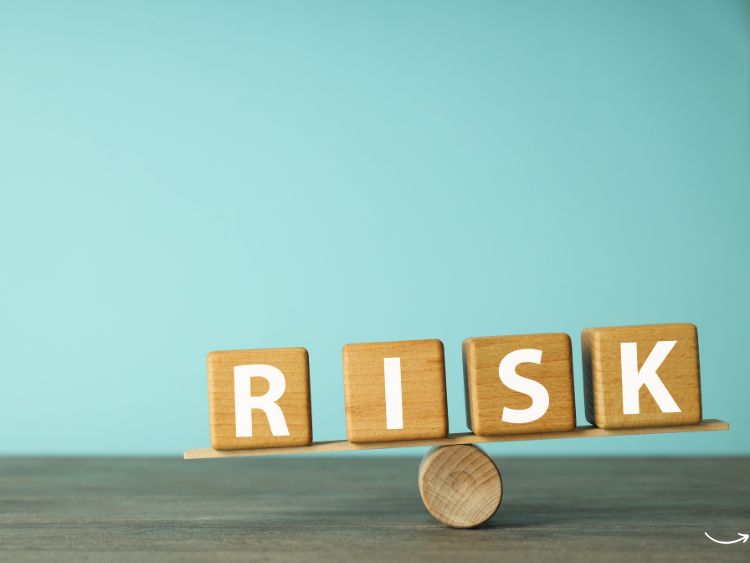In the ever-evolving field of construction, managing risk is not just a necessity; it’s an art. From unexpected weather changes to fluctuating material costs, the potential pitfalls in a construction project can be as varied as they are daunting. This article dives deep into the world of construction risk management, offering insights and strategies that ensure your projects not only survive but thrive amidst the uncertainties. Let’s roll up our sleeves and lay the foundation for success!
Understanding Construction Risk Management
Construction risk management involves identifying, analyzing, and responding to potential risks that could impact the successful completion of a construction project. These risks can range from safety hazards and budget overruns to regulatory compliance issues and subcontractor performance. Effective risk management not only safeguards against potential financial losses but also ensures the project’s timeline is adhered to, safety standards are met, and quality is not compromised.
Key Areas of Focus in Construction Risk Management
- Risk Identification: Spotting potential risks early in the project lifecycle.
- Risk Analysis: Evaluating the impact and likelihood of identified risks.
- Risk Mitigation: Implementing strategies to manage and minimize the impact of risks.
- Risk Monitoring: Keeping an eye on risk responses and adapting as necessary.
Crafting a Risk Management Plan
Step 1: Risk Assessment
Kick things off by gathering your team for a brainstorming session. Here, you’ll pinpoint potential risks using tools like SWOT analysis (Strengths, Weaknesses, Opportunities, Threats) and risk mapping. The aim is to leave no stone unturned.
Step 2: Risk Quantification
Once risks are identified, it’s time to get down to brass tacks. Assess the potential impact of each risk in terms of cost, time, and quality. This step often involves a bit of number crunching, so having a good risk management software can be a game-changer.
Step 3: Strategy Development
Here’s where the rubber meets the road. Develop actionable strategies to tackle identified risks. This could involve:
- Risk Avoidance: Altering project plans to sidestep risks altogether.
- Risk Transfer: Shifting the risk burden, perhaps through insurance or contracts.
- Risk Mitigation: Reducing the impact or likelihood of risks.
- Risk Acceptance: Sometimes, you’ve just got to roll with the punches.
Step 4: Implementation and Monitoring
Implement your risk management strategies with precision and continuously monitor their effectiveness. Adjust the sails as necessary, ensuring your project remains on track.
Best Practices in Construction Risk Management
- Regular Reviews: Hold frequent review meetings to ensure all risks are actively managed.
- Stakeholder Engagement: Keep all stakeholders in the loop, ensuring transparency and collaboration.
- Technology Utilization: Leverage technology like project management software to streamline risk management processes.
- Training and Development: Equip your team with the knowledge and tools they need to effectively manage risks.
Common Risks in Construction Projects
- Weather Delays: Always have a Plan B for bad weather.
- Supply Chain Disruptions: Diversify your supplier list to avoid bottlenecks.
- Regulatory Changes: Keep a keen eye on legislation changes that could affect your project.
- Labor Issues: Invest in your team’s morale and well-being to keep the project smoothly running.
FAQs on Construction Risk Management
What is the most effective risk management strategy?
While strategies vary by project, risk mitigation usually takes the cake for being the most proactive and effective method.
How often should risk assessments be conducted?
At minimum, perform a risk assessment at each major project milestone. However, high-risk projects may require more frequent checks.
Can technology replace human judgement in risk management?
Not quite. While technology can enhance capabilities, human judgement is irreplaceable, especially in complex decision-making scenarios.
Conclusion
In conclusion, managing risk in construction isn’t just about dodging bullets; it’s about creating an environment where success is not left to chance. By embedding a robust risk management framework into your project management practices, you ensure not just survival, but prosperity. Remember, a well-managed risk translates into a well-executed project!
By integrating these strategies and insights into your construction projects, you’ll be paving the way for success, ensuring that every stakeholder remains confident and every timeline is met with precision. Here’s to building a future where risk is just another brick in the construction of success!



